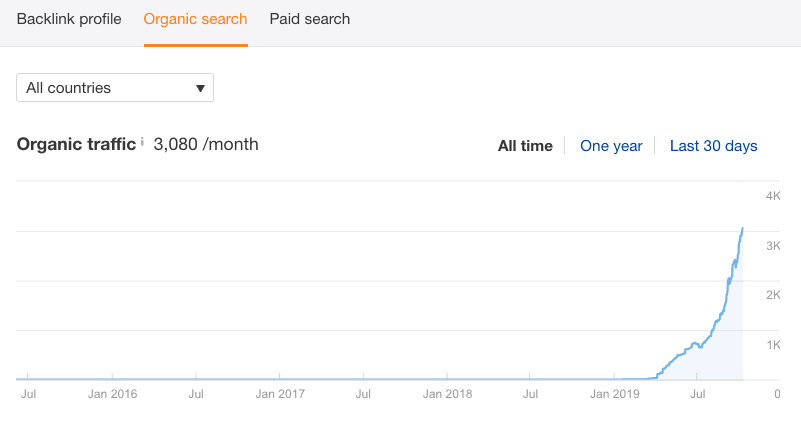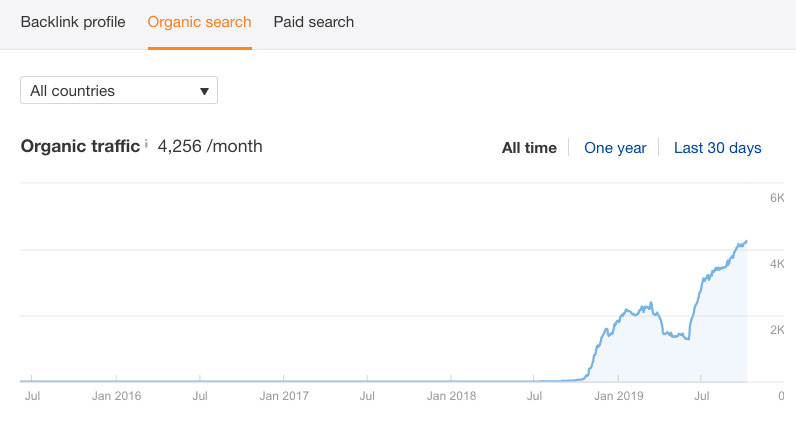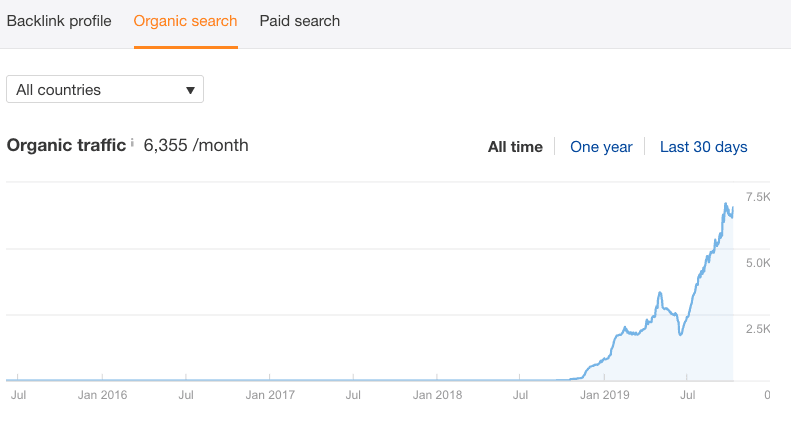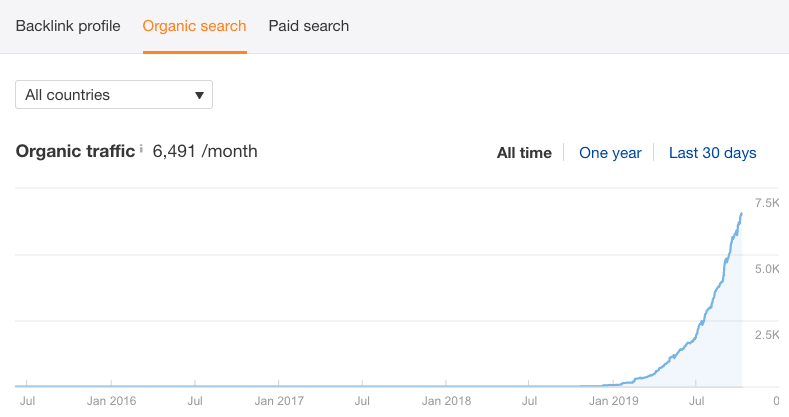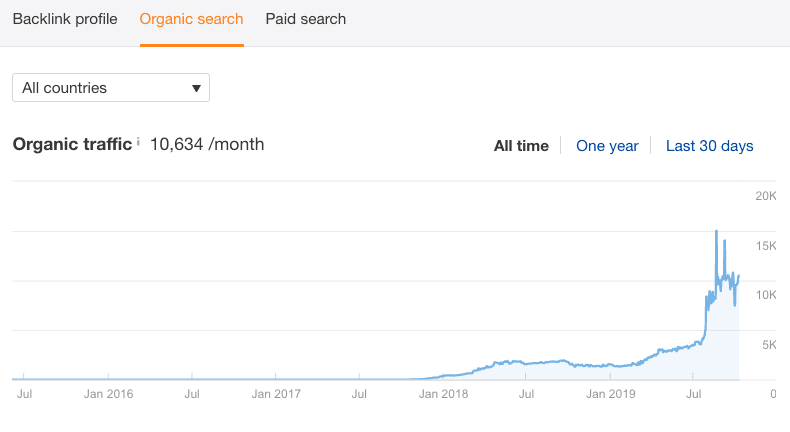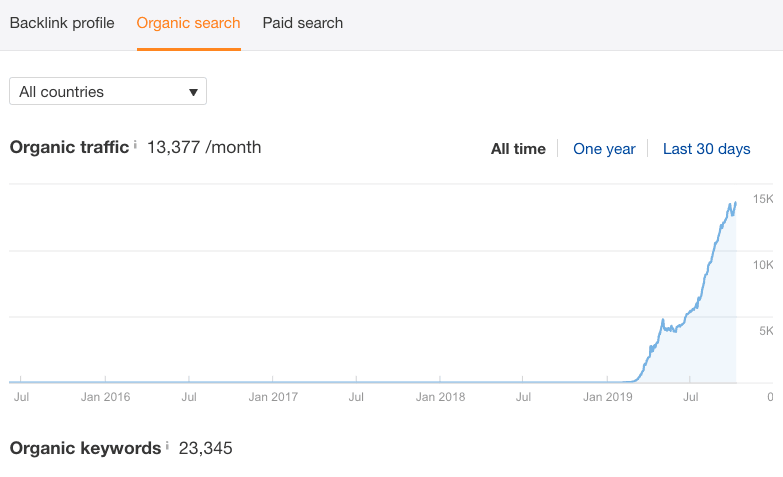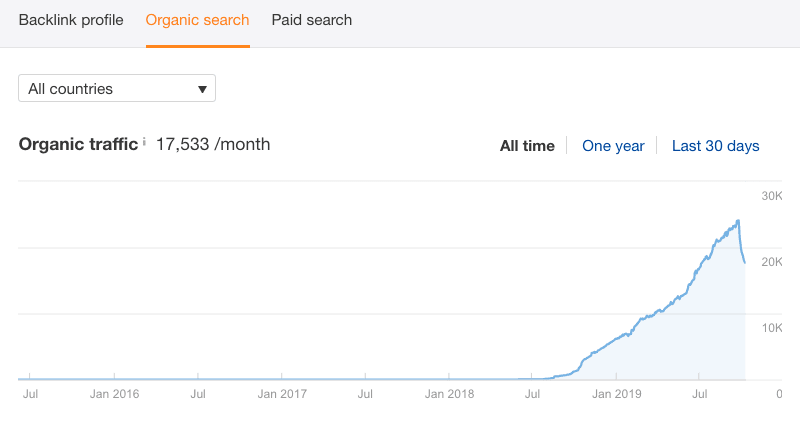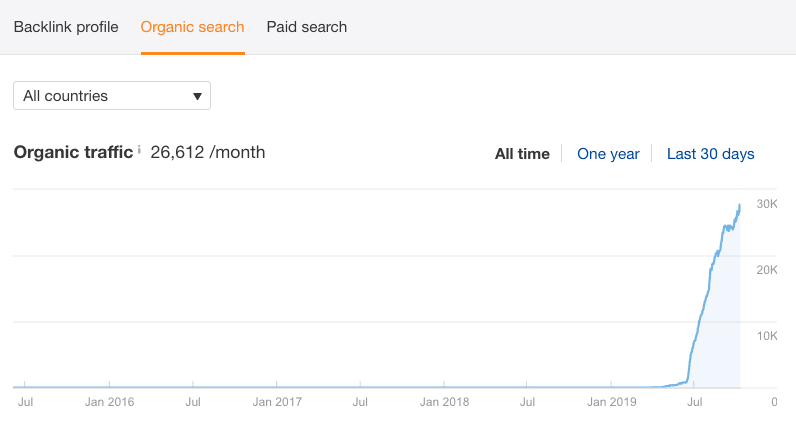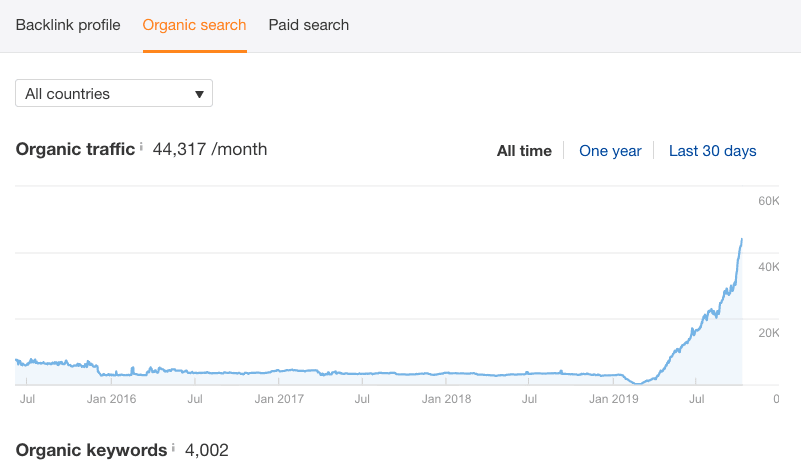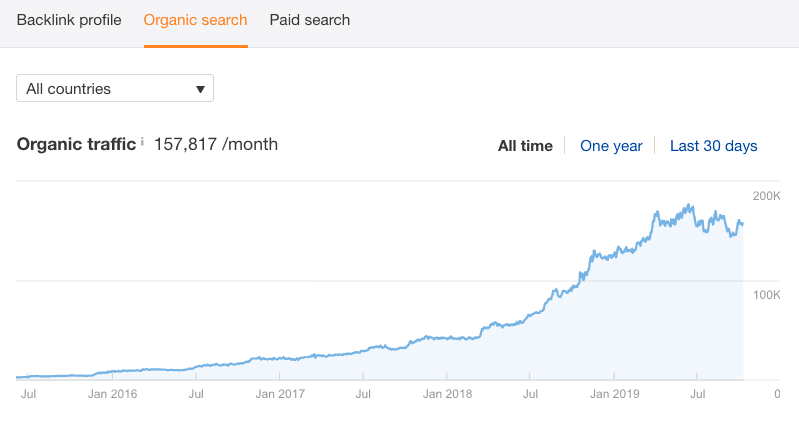It is very important to keep shopify websites optimised with SEO.
Google only wants to show the best website experiences on the top of their search results. Having an unoptimised shopify website won’t to rank well for valuable keywords on Google search.
Working with Integral Media SEO expert, can save you a lot of time in trials and errors when implementing SEO for your shopify websites in Melbourne.
In the competitive e-commerce landscape, optimizing your Shopify store for search engines is pivotal for success. This guide dives deep into various aspects of Shopify SEO, offering practical advice, expert tips, and user-friendly tutorials to enhance your store’s visibility and ranking.
Shopify SEO Apps: Tools for Optimization
Shopify SEO apps are tools designed to enhance the search engine optimization (SEO) efforts of online stores built on the Shopify platform. SEO is crucial for e-commerce businesses to improve their visibility on search engines like Google, attract organic traffic, and ultimately boost sales. Shopify SEO apps offer a range of features to help store owners optimize their websites for search engines and improve their overall online presence. Here are some key aspects of Shopify SEO apps:
Keyword Optimization:
- Many SEO apps for Shopify assist in identifying relevant keywords for your products and niche. They often provide keyword suggestions and help you integrate these keywords into product titles, descriptions, and meta tags.
On-Page SEO:
- These apps help optimize individual product pages and other content for search engines. This includes optimizing meta titles, meta descriptions, header tags, and image alt text to improve the overall on-page SEO of your Shopify store.
Content Optimization:
- Some Shopify SEO apps focus on content optimization, helping you create high-quality, relevant, and engaging content. This may include blog posts, product descriptions, and other content that can attract organic traffic.
Link Building:
- Building high-quality backlinks is a crucial aspect of SEO. Some apps help you identify opportunities for link building, monitor your backlink profile, and ensure that you have a healthy link profile that aligns with search engine guidelines.
Site Speed Optimization:
- Search engines prioritize websites with fast loading times. Certain SEO apps for Shopify can analyze your store’s speed and provide recommendations to improve loading times, contributing to a better user experience and higher search engine rankings.
Mobile Optimization:
- With the increasing use of mobile devices for online shopping, mobile optimization is essential. SEO apps may offer tools and insights to enhance the mobile-friendliness of your Shopify store, which can positively impact your search rankings.
Structured Data and Rich Snippets:
- Some apps help you implement structured data and rich snippets, providing search engines with additional information about your products. This can result in more visually appealing search results, potentially increasing click-through rates.
Analytics and Reporting:
- Comprehensive analytics and reporting features allow you to track the performance of your SEO efforts. You can monitor keyword rankings, traffic trends, and other metrics to assess the effectiveness of your optimization strategies.
Social Media Integration:
- Some SEO apps integrate with social media platforms to help you leverage social signals, which can indirectly impact your search engine rankings.
SEO Audits:
- Periodic SEO audits are crucial for identifying issues and opportunities. Many Shopify SEO apps offer audit tools that analyze your website and provide recommendations for improvement.
Shopify SEO Checklist: Essential Steps for Optimization
Creating a comprehensive SEO checklist for your Shopify store is essential to ensure that your online business is well-optimized for search engines. Here’s a checklist that covers various aspects of SEO to help you enhance your Shopify store’s visibility and attract organic traffic:
1. Keyword Research:
- Identify relevant keywords for your products and niche using tools like Google Keyword Planner or third-party SEO apps.
- Use a mix of short-tail and long-tail keywords that reflect user intent.
2. On-Page SEO:
- Optimize product titles with targeted keywords.
- Write unique and compelling meta descriptions for each product page.
- Utilize header tags (H1, H2, H3) to structure your content.
- Include keyword-rich alt text for product images.
3. URL Structure:
- Ensure clean and descriptive URLs for product pages.
- Avoid using unnecessary parameters or symbols in URLs.
- Use hyphens to separate words in URLs.
4. Content Optimization:
- Regularly update and expand product descriptions with relevant information.
- Create a blog and publish content related to your products, industry, or customer interests.
- Use internal linking to connect related pages within your site.
5. Mobile Optimization:
- Ensure that your Shopify theme is mobile-responsive.
- Test your website’s mobile-friendliness using Google’s Mobile-Friendly Test.
- Optimize images and other media for faster mobile loading times.
6. Site Speed:
- Use tools like Google PageSpeed Insights to analyze and improve your site’s loading speed.
- Compress images and leverage browser caching.
- Consider using a Content Delivery Network (CDN) to improve global loading times.
7. User Experience (UX):
- Enhance navigation and usability for a positive user experience.
- Implement clear calls-to-action (CTAs) on product pages.
- Ensure a secure and easy checkout process.
8. Structured Data and Rich Snippets:
- Implement structured data markup to provide additional information to search engines.
- Utilize rich snippets for product reviews, pricing, and availability.
9. Backlink Building:
- Develop a backlink strategy to acquire high-quality inbound links.
- Leverage partnerships, guest posting, and social media to build a diverse link profile.
10. Social Media Integration:
- Integrate social media sharing buttons on product pages.
- Maintain active social media profiles to increase brand visibility.
11. Analytics and Monitoring:
- Set up Google Analytics and Google Search Console for tracking website performance.
- Monitor keyword rankings, traffic trends, and user behavior regularly.
12. Security:
- Ensure that your website has an SSL certificate for a secure connection.
- Regularly update Shopify apps and themes to patch security vulnerabilities.
13. Local SEO (if applicable):
- Optimize your store for local searches if you have a physical presence.
- List your business on Google My Business and other local directories.
14. SEO Audits:
- Conduct regular SEO audits using tools like Shopify’s built-in tools or third-party apps.
- Address issues identified in the audits promptly.
15. Accessibility:
- Ensure your website is accessible to users with disabilities.
- Use descriptive alt text for images and provide text alternatives for multimedia content.
Regularly reviewing and updating this checklist will help you stay on top of your SEO efforts and improve your Shopify store’s performance in search engine rankings. Keep in mind that SEO is an ongoing process, and staying informed about industry trends and algorithm changes is crucial for long-term success.
Hiring a Shopify SEO Expert: Tailored Strategies for Your Store
A Shopify SEO expert is a professional with specialized knowledge and skills in optimizing Shopify online stores for search engines. These experts are well-versed in the intricacies of Shopify’s platform and have a deep understanding of search engine optimization techniques to improve a store’s visibility, organic traffic, and ultimately, its sales. Here are key aspects to consider when delving into the role of a Shopify SEO expert:
1. Shopify Platform Expertise:
- A Shopify SEO expert is proficient in the functionalities and features of the Shopify platform. They understand how to navigate the Shopify admin panel, customize themes, and leverage Shopify’s built-in SEO tools.
2. Technical SEO Skills:
- They possess technical SEO skills, ensuring that the website is optimized for search engine crawlers. This includes optimizing URL structures, implementing redirects, and addressing issues related to crawlability and indexability.
3. Keyword Research and Strategy:
- Shopify SEO experts conduct thorough keyword research to identify relevant and high-performing keywords for the business. They develop strategies to incorporate these keywords seamlessly into product pages, meta tags, and other content.
4. On-Page Optimization:
- Experts optimize individual product pages and other content on the Shopify store. This involves crafting compelling product titles, writing unique meta descriptions, and structuring content with appropriate header tags.
5. Content Strategy:
- They develop a content strategy that includes creating valuable and relevant content, such as blog posts, to attract organic traffic. Content is optimized for both users and search engines.
6. Link Building:
- Shopify SEO experts understand the importance of building a high-quality backlink profile. They employ strategies for acquiring authoritative and relevant inbound links to improve the website’s authority and search rankings.
7. Mobile Optimization:
- With the increasing importance of mobile devices, Shopify SEO experts ensure that the online store is optimized for mobile users. This includes responsive design, mobile-friendly navigation, and fast loading times on mobile devices.
8. Analytics and Reporting:
- Experts use tools like Google Analytics and Google Search Console to monitor and analyze website performance. They provide regular reports on key metrics, such as keyword rankings, traffic trends, and user behavior.
9. E-Commerce SEO Knowledge:
- Given the nature of Shopify as an e-commerce platform, SEO experts understand the specific challenges and opportunities related to optimizing product listings, managing inventory, and enhancing the overall shopping experience.
10. Shopify App Integration:
- They may leverage third-party Shopify SEO apps to enhance the optimization process, such as apps for keyword research, site audits, and on-page optimization.
11. Continuous Learning:
- A Shopify SEO expert stays updated with the latest trends, algorithm changes, and best practices in the field of SEO. Continuous learning is crucial in adapting to the evolving landscape of search engine optimization.
12. Communication and Collaboration:
- Effective communication with clients or internal teams is a key skill. They collaborate with web developers, content creators, and other stakeholders to implement SEO strategies seamlessly.
Hiring a Shopify SEO expert or consulting with one can be instrumental in maximizing the potential of an online store on the Shopify platform. Their expertise helps businesses navigate the competitive e-commerce landscape and achieve sustainable growth through improved search engine visibility and increased conversions.
Shopify SEO Tutorial: Step-by-Step Guide to Optimization
Below is a comprehensive breakdown for optimizing your online store on the Shopify platform. From the initial setup to advanced strategies, here’s a quick summary:
1. Introduction to Shopify SEO
- Explore the significance of SEO for e-commerce businesses.
- Understand how effective SEO can improve visibility, attract organic traffic, and boost sales on Shopify.
2. Setting the Foundation
- Walk through the basics of setting up a Shopify store.
- Emphasize the importance of choosing an SEO-friendly theme.
3. Shopify SEO Settings
- Guide users through the SEO settings in the Shopify admin panel.
- Configure meta titles, meta descriptions, and URL structures for better search engine visibility.
4. Keyword Research
- Introduce the concept of keyword research and its role in SEO.
- Recommend tools for identifying relevant keywords for a specific niche.
5. On-Page Optimization
- Demonstrate how to optimize individual product pages for search engines.
- Provide guidelines for writing compelling product titles, unique meta descriptions, and utilizing header tags.
6. Content Creation Strategies
- Discuss the importance of creating valuable and engaging content.
- Guide users on implementing a blog and crafting content that aligns with their target audience’s interests.
7. Mobile Optimization
- Stress the significance of mobile optimization in today’s digital landscape.
- Explain how to ensure a responsive design and fast loading times for mobile users.
8. Site Speed Optimization
- Offer tips on improving the overall speed of a Shopify store.
- Discuss image optimization, leveraging browser caching, and potentially using a Content Delivery Network (CDN).
9. Link Building Strategies
- Introduce the concept of link building and its impact on SEO.
- Provide actionable strategies for acquiring high-quality inbound links.
10. Analytics and Monitoring
- Walk users through setting up Google Analytics and Google Search Console.
- Explain how to monitor key metrics, track keyword rankings, and analyze user behavior.
11. Shopify SEO Apps
- Highlight popular Shopify SEO apps that can enhance the optimization process.
- Discuss the features and benefits of each app, such as keyword research tools and site audit capabilities.
12. E-Commerce SEO Best Practices
- Offer specific tips for optimizing product listings and managing inventory.
- Discuss strategies for enhancing the overall shopping experience for customers.
13. Security and HTTPS
- Emphasize the importance of a secure connection for both SEO and user trust.
- Guide users on ensuring their Shopify store has an SSL certificate.
14. Local SEO (if applicable)
- Explain the relevance of local SEO for businesses with physical locations.
- Guide users on listing their business on Google My Business and other local directories.
15. Continuous Learning and Updates
- Encourage users to stay informed about SEO trends and algorithm changes.
- Provide resources for ongoing learning, such as industry blogs, forums, and webinars.
Conclusion
- Summarize the key takeaways from the tutorial.
- Encourage users to implement the strategies gradually and consistently for long-term SEO success.
Shopify SEO Insights from Reddit: Community-Driven Advice
The Shopify SEO Reddit community is a goldmine for real-world advice and experiences. Discussions often cover the latest trends, algorithm updates, and user experiences with different SEO tactics, providing a broad spectrum of insights.
Shopify’s SEO-Friendly Features: An Analysis
Shopify is designed with several SEO-friendly features like customizable H1, title, and meta tags, automatic XML sitemap generation, and seamless integration with Google Analytics. This section explores how you can maximize these features for optimal SEO performance.
Writing SEO-Optimized Product Descriptions
Crafting SEO-optimized product descriptions is a crucial aspect of boosting visibility and driving conversions for your Shopify store. In this concise guide, we’ll explore key strategies, from impactful language and unique selling propositions to mobile optimization. Let’s dive into the art of creating product descriptions that align with search engine algorithms and engage your audience, prompting informed purchase decisions.
1. Keyword Research: Identify relevant keywords for each product. Use tools like Google Keyword Planner to find high-performing and niche-specific keywords.
2. Focus on Unique Selling Points (USPs): Highlight the unique features and benefits of your product. What sets it apart from competitors? Use this information to create a captivating introduction.
3. Clear and Concise Language: Keep your product descriptions concise and easy to understand. Use clear language that resonates with your target audience.
4. Use Power Words: Incorporate power words that evoke emotion and encourage action. Words like “exclusive,” “premium,” or “limited edition” can create a sense of urgency.
5. Address Customer Pain Points: Anticipate and address potential concerns or questions your customers might have. This helps build trust and confidence in your product.
6. Formatting for Readability: Break up the text into short paragraphs and use bullet points or numbered lists to improve readability. Many online shoppers scan product descriptions, so make key information easily accessible.
7. Include Technical Details: Provide essential technical details about the product, such as dimensions, materials, and specifications. This information can also serve as additional keywords.
8. Storytelling: Weave a compelling story around the product. Explain its origins, how it solves a problem, or share any interesting anecdotes. Storytelling creates a connection with potential buyers.
9. Add a Call-to-Action (CTA): Encourage customers to take action with a clear and persuasive call-to-action. Whether it’s “Shop Now,” “Discover More,” or “Limited Stock – Buy Today,” guide them to the next step.
10. Optimize Meta Tags: Craft unique meta titles and meta descriptions for each product. Include relevant keywords and make them enticing to encourage clicks from search engine results.
11. Mobile Optimization: Ensure your product descriptions are mobile-friendly. Many users browse and make purchases on mobile devices, so a seamless mobile experience is crucial.
12. Social Proof: If applicable, include customer reviews, testimonials, or user-generated content to build trust. Positive feedback can influence potential buyers.
13. Regular Updates: Keep product descriptions up to date, especially if there are changes to specifications, features, or availability. Fresh content is favored by search engines.
14. Avoid Duplicate Content: Write unique product descriptions for each item. Avoid using manufacturer descriptions verbatim, as this can lead to duplicate content issues.
15. Monitoring and Iteration: Regularly monitor the performance of your product pages using analytics. Adjust your descriptions based on customer feedback, search trends, and sales data.
By incorporating these strategies, you can create SEO-optimized product descriptions that not only attract search engine attention but also engage and persuade potential customers to make a purchase.
Integrating SEO Across Your Shopify Store
Incorporating SEO into your Shopify store goes beyond simple product page adjustments. It encompasses optimizing the entire store structure, enhancing user experience (UX), and aligning your content strategy with SEO best practices.
In conclusion, effective SEO stands as the cornerstone of e-commerce success. By harnessing these Shopify SEO strategies, you have the power to elevate your store’s visibility, draw in more traffic, and ultimately, boost sales.
Take action now to enhance your Shopify store by implementing these proven SEO strategies. For ongoing guidance, valuable resources, and the latest updates, subscribe to our newsletter and stay at the forefront of e-commerce excellence.

